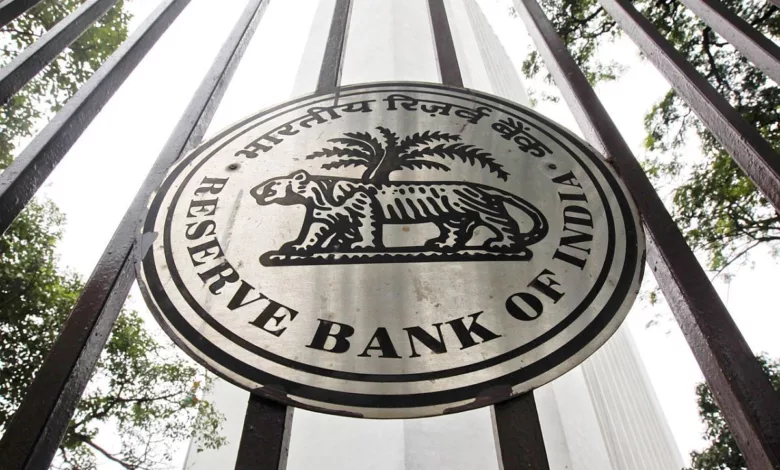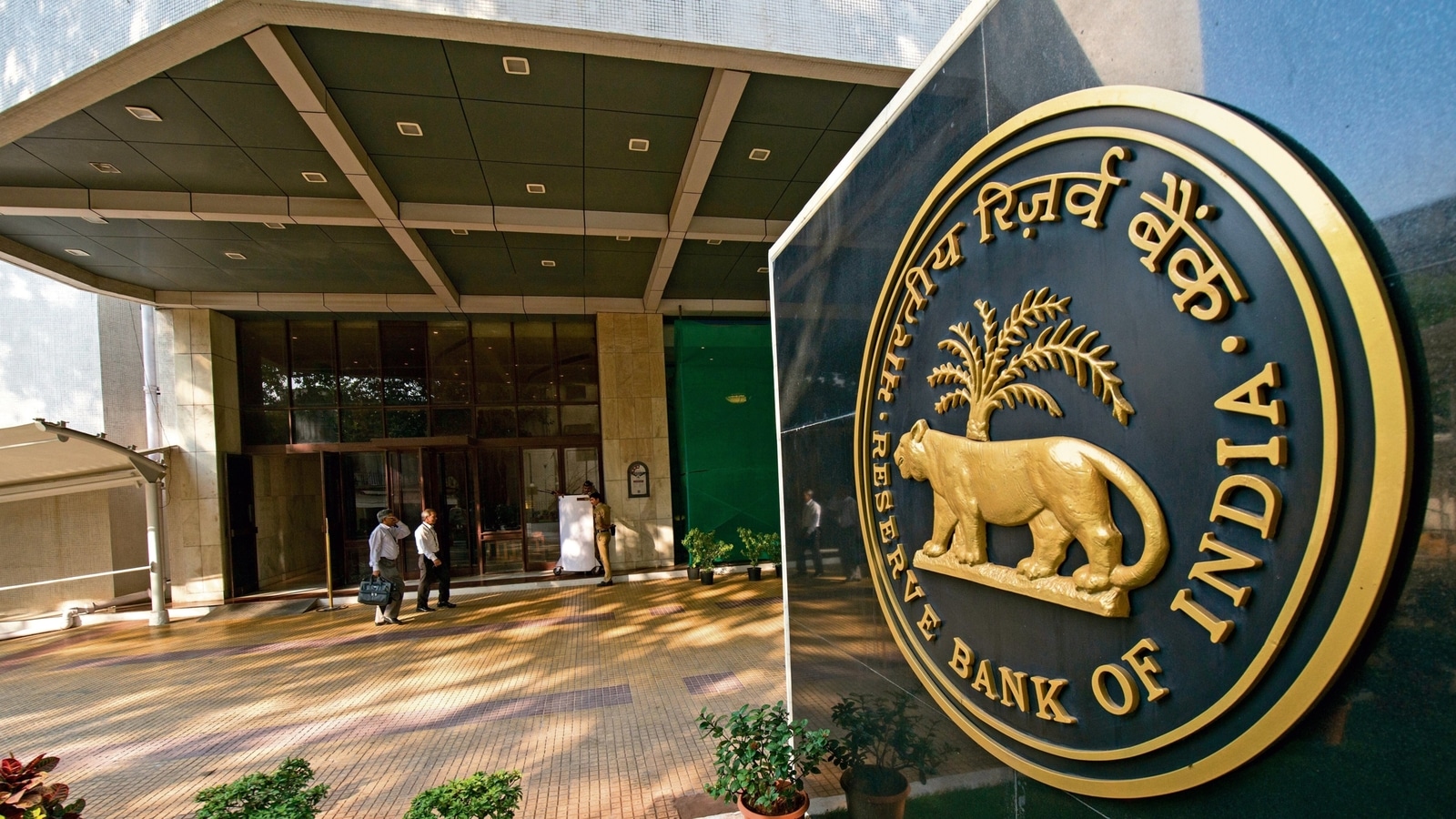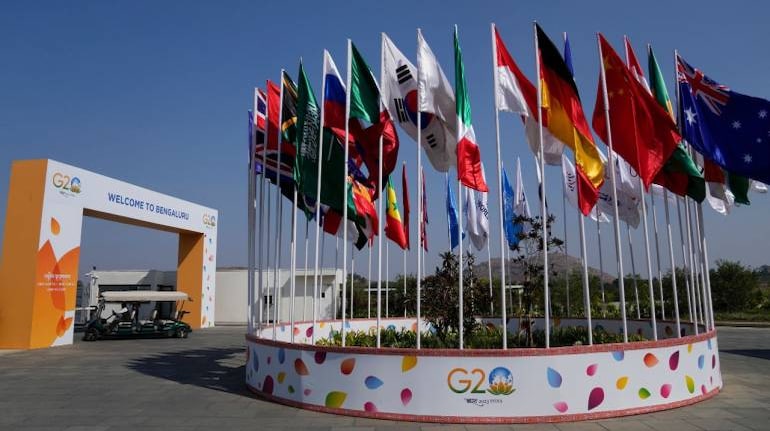RBI Expanding India’s UPI Reach: Discussions Underway with UAF Mauritius and Indonesia
The Reserve Bank of India (RBI) is in talks with the United Arab Emirates (UAE) and Indonesia to extend India's UPI presence. The move has the potential to significantly enhance the reach and usage of UPI globally while also bolstering India's standing as a financial hub.

RBI Expanding India’s UPI Reach: Discussions Underway with UAF Mauritius and Indonesia
In recent years, India’s Unified Payments Interface (UPI) has emerged as a game-changer in the country’s payments landscape. The UPI has revolutionized the way Indians make payments, allowing them to transfer money instantly from one bank account to another.
Now, the Reserve Bank of India (RBI) is in talks with the United Arab Emirates (UAE) and Indonesia to extend India’s UPI presence. The move has the potential to significantly enhance the reach and usage of UPI globally while also bolstering India’s standing as a financial hub.

What is UPI?
UPI is a real-time payment system that enables instant money transfers between bank accounts through a mobile device. Launched in 2016, UPI is an initiative of the National Payments Corporation of India (NPCI) and is regulated by the RBI. UPI has become incredibly popular in India, with over 2 billion transactions processed in January 2022 alone.
The Unified Payments Interface (UPI) has significantly influenced India in recent years. UPI’s popularity has continued to rise, notably in the wake of the epidemic, when many people opted for cashless transactions.
Soon, UPI may be accessible from crucial international hubs, including Jakarta, Abu Dhabi, and Mauritius. It is important to remember that UPI has already arrived in Singapore; therefore, international money transfers to users in Singapore can be made through apps like Paytm, GPay, and others.
Why is UPI important?
UPI is important for several reasons. Firstly, it is an incredibly convenient way to make payments. UPI transactions can be completed in a matter of seconds and can be done from anywhere, at any time, using just a mobile phone. Secondly, UPI has the potential to transform India’s payments landscape, reducing the country’s dependence on cash transactions.
This is significant, as India is one of the largest cash-based economies in the world. Thirdly, UPI is also necessary for financial inclusion, as it enables people who may not have access to traditional banking services to make payments digitally.
What are the benefits of extending UPI globally?
Extending UPI globally could have significant benefits for India and the countries it partners with. Firstly, it would enhance India’s standing as a financial hub. India is already home to several fintech startups and has a thriving digital payments ecosystem. By extending UPI globally, India can position itself as a leader in digital payments, attracting more investment and fostering innovation.
Secondly, extending UPI globally would help boost financial inclusion in partner countries. Many countries in the world still have a large unbanked population. By adopting UPI, these populations would have access to a convenient and secure way to make payments digitally.
Thirdly, extending UPI globally would also help reduce the cost of cross-border transactions. Currently, cross-border payments are expensive and can take several days to complete. By adopting UPI, countries could significantly reduce the cost and time taken to process cross-border transactions.
What are the implications of the talks between RBI and UAF Mauritius and Indonesia?

The talks between RBI and UAF Mauritius and Indonesia are significant for several reasons. Firstly, UAF Mauritius and Indonesia are both essential markets in their own right. Indonesia is the fourth-largest country in the world by population, and UAF Mauritius is a significant financial hub in the Middle East. By partnering with these countries, India can significantly enhance the reach and usage of UPI globally.
Secondly, the talks also highlight the growing interest in UPI globally. Several countries, including Singapore, Bhutan, and the United States, have already expressed interest in adopting UPI. By partnering with more countries, India can help establish UPI as a global standard for digital payments.
Thirdly, the talks also highlight the importance of collaboration in the global payments landscape. In an increasingly interconnected world, it is essential for countries to work together to develop interoperable payment systems that can facilitate cross-border transactions.
Following Singapore’s lead, the Reserve Bank of India (RBI) is in discussions with several other nations, including Indonesia, the United Arab Emirates (UAE), and Mauritius, to establish a direct payment link of the Unified Payments Interface (UPI) with networks in these countries.
During a press conference held at the G20 meeting, a top RBI officer said that some South American countries had also expressed interest. At this event, the Central Bank of India will demonstrate UPI and the Central Bank Digital Currency (CBDC), popularly known as the digital rupee, to attendees.
The regulator and the government are eager to increase UPI payment links to facilitate cash transfers, eliminate the excessive expenses paid by banks, and shorten the time it takes. The global Indian community sees this as a positive development.
An RBI official recently stated that from next month, non-resident Indians would also be able to utilize UPI, which will facilitate the usage of the service via international phone numbers. Because of technical difficulties, the tool could not be used even though it had been enabled.
When asked about the central bank’s digital currency, RBI officials stated that they are attempting to considerably increase the pilot to include as many situations as possible in a closed user group. The Reserve Bank of India (RBI) is aiming to broaden its retail banking pilot programmes beyond the current set of cities where they are being tested and to include other institutions.
“It was not meant to replace the current Negotiated Dealing System Gilts order matching system, which is already in place and used by many financial institutions. An executive has stated that the company is exploring the possibility of utilizing a wholesale CBDC on a distributed ledger for applications such as money market transactions.
More Nations Interested In Using UPI
During its term as President of the Group of 20, India planned to showcase the sophistication of its digital infrastructure (G20). The international reception of the U.S.-born real-time retail payment Unified Payments Interface (UPI) indicates its success.
Reserve Bank of India Deputy Governor T Rabi Sankar stated on Thursday that India is open to assist other countries in adopting UPI or developing their own similar payment systems.
Little enthusiasm has been expressed for accepting India’s assistance. Some Caribbean and South Pacific Commonwealth countries, as well as certain Latin American countries, are considering adopting UPI or a similar system. Sankar made these remarks on the eve of the G20 finance ministers and central bank governors met in Bengaluru, “For them, it is a question of developing their systems and tying it with ours.”

Sankar claims that many developed nations are interested in integrating their payment systems with UPI. This includes the United Arab Emirates, Indonesia, and others of similar size.
We’d be glad to lend a hand if they’re set on using UPI. He emphasized the importance of a rapid payment system to facilitate linking. Last week saw the integration of UPI with Singapore’s counterpart network, PayNow, allowing for faster, cheaper transfers between the two nations.
In addition, Sankar stated that beginning next week, non-Indian residents (NRIs) will have access to the UPI. Sankar added that non-resident aliens who have foreign phone numbers would be permitted to use it. The feature was enabled quite some time ago, but it has only recently begun to be put into use.
Sankar stated the Reserve Bank of India was trying to broaden the applications of the country’s central bank digital currency (CBDC, also known as the e-rupee).
“We’d like to have as many applications as possible. First, we’ll implement CBDC using individual user accounts. In addition to exploring the potential of a wholesale CBDC on the distributed ledger for additional applications, we want to have it ready for launch soon,” Sankar stated.
On November 1, 2022, a trial programme called digital rupee-wholesale was released with the sole use case of settling secondary market transactions in government securities.
Sankar stated that CBDC would likely lead to more efficiency in the interbank market. He claimed that avoiding the need for settlement guarantee infrastructure or collateral to limit settlement risk by settling in central bank money would lower transaction costs.
On December 1, 2022, a small group of customers and retailers participated in a test programme called digital rupee retail. According to Sankar, the RBI anticipates 500,000 retail CBDC customers within three months.
India’s UPI has emerged as a game-changer in the country’s payments landscape, enabling millions of Indians to make instant, secure, and convenient payments. By extending UPI globally, India can enhance its standing as a financial hub, boost financial inclusion, and reduce the cost of cross-border transactions.
edited and proofread by nikita sharma




